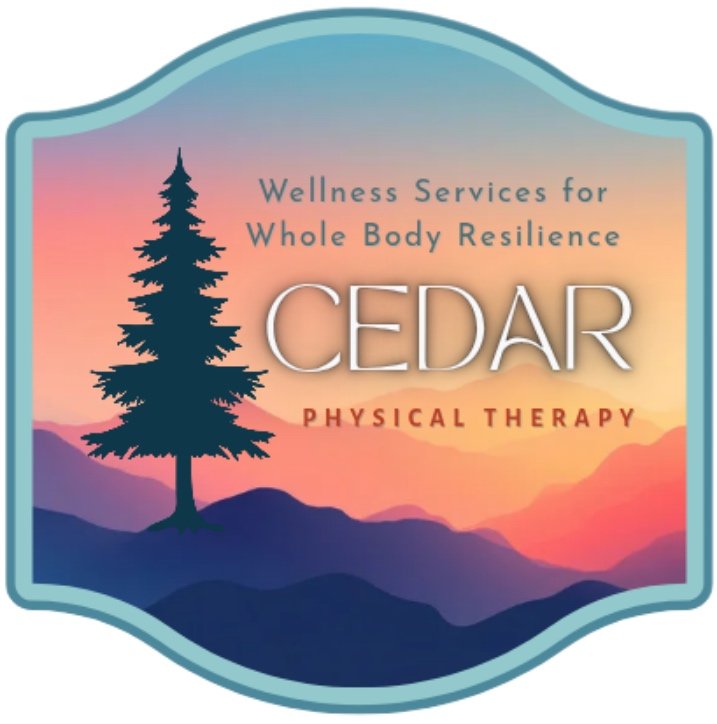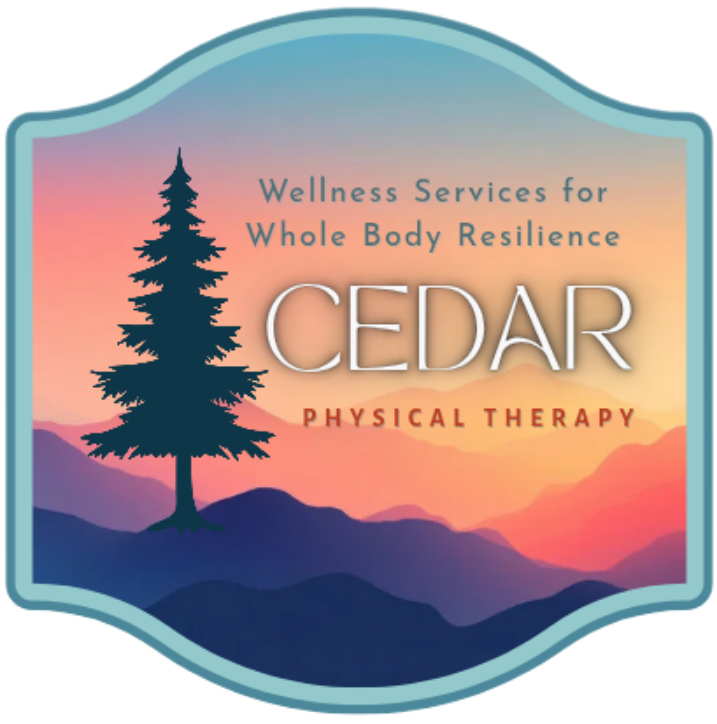Dry Needling
I was first exposed to dry needling as a patient myself, recovering from sports injuries as a Division I soccer athlete. I found Dry Needling to be an effective treatment modality after traditional trigger point release manual therapy, exercises, ice, heat and medications weren’t working well enough to get me back on the soccer field. I earned my Dry Needling Certification through the American Academy of Manipulative Therapy (AAMT). I am excited to offer this healing modality at Cedar Physical Therapy!
I am trained in both superficial and deep dry needling techniques for the treatment of craniofacial, cervicothoracic, upper extremity, lumbosacral and lower extremity musculoskeletal conditions (see a comprehensive list of common conditions dry needling can be beneficial in treating below).
The AAMT teaches Dry Needling within the framework of western musculoskeletal diagnoses, not within the theoretical framework of traditional Chinese medicine (TCM), and not for the purpose of altering the flow of Qi or energy along traditional Chinese meridians. I have completed these three Dry Needling Courses through AAMT: DN-1, DN-2, and DN-3 (Ultrasound Guided Dry Needling).
Why is dry needling beneficial? It can help realign muscle fibers, release tight muscles, improve blood flow, decrease inflammation, quiet the nervous system’s pain cycle, and even improve sleep!
Are you experiencing any of the following conditions or symptoms? Schedule a physical therapy appointment with me to give Dry Needling a try.
Whiplash-associated disorders
Cervicogenic headaches
Tension-type headaches
Migraine headaches
Rib syndromes
Facet joint syndromes
Cervical radiculopathy
Neck pain
Temporal Mandibular Dysfunction (TMD or commonly called TMJ)
Upper back pain
Generalized shoulder pain
Rotator cuff injuries
Shoulder impingement syndrome
Lateral epicondylitis
Medial epicondylitis
Carpal Tunnel syndrome
Dequervian’s Tenosynovitis
Thumb pain
Finger pain
Trigger finger
Low back pain
Hip pain
Knee pain
Ankle/foot pain
Want to learn more about the science behind Dry Needling? Check out these research articles:


